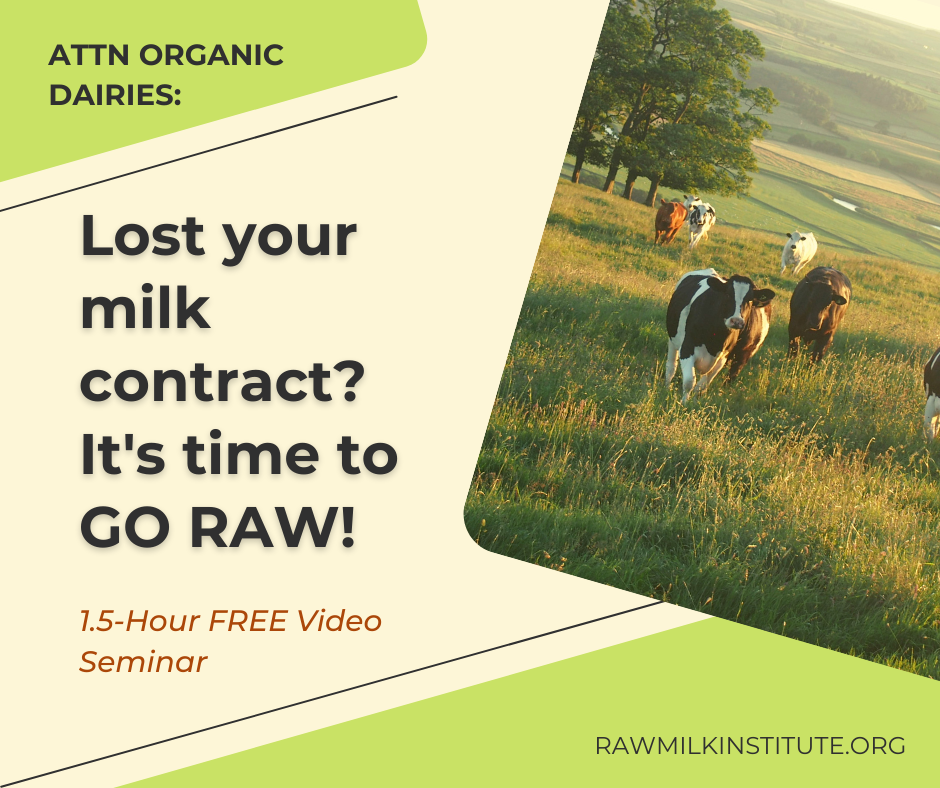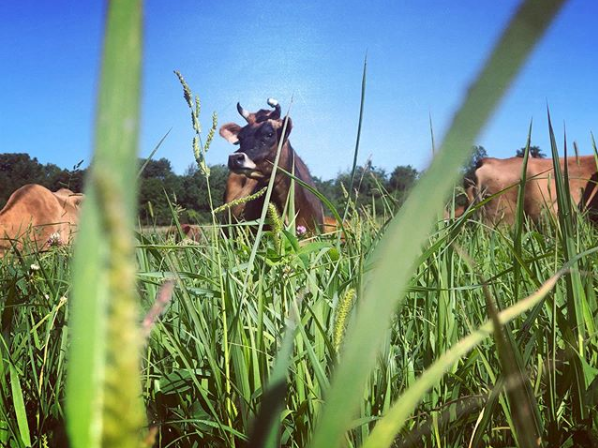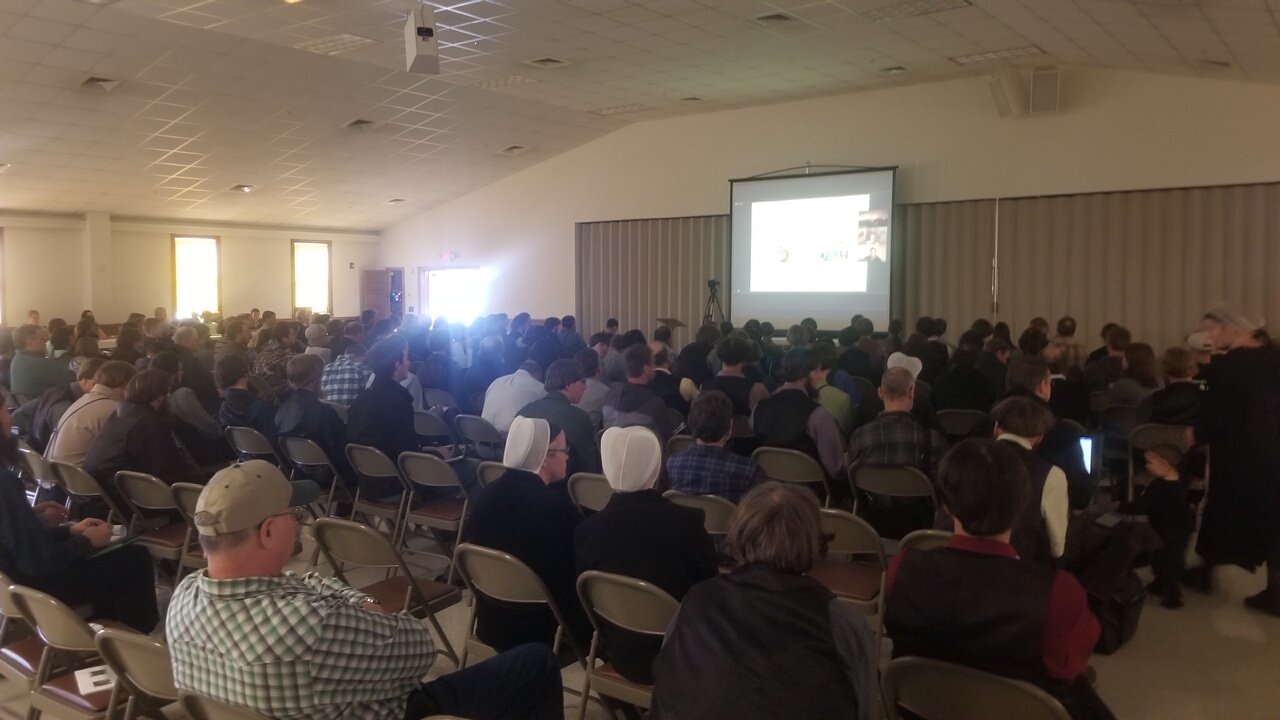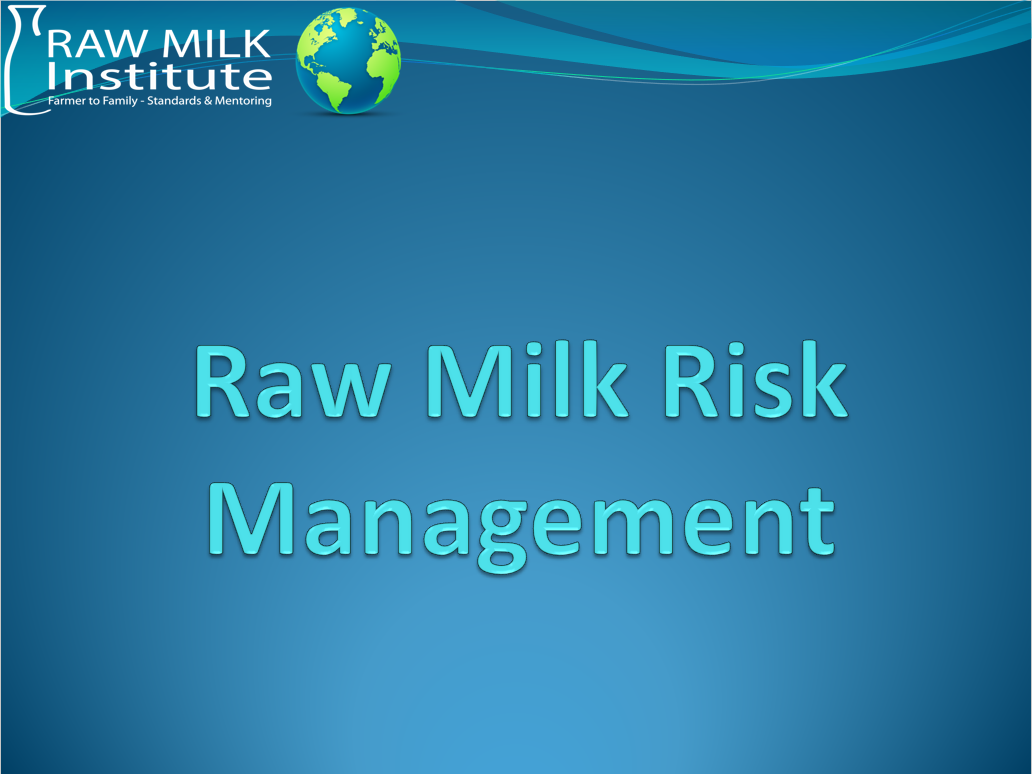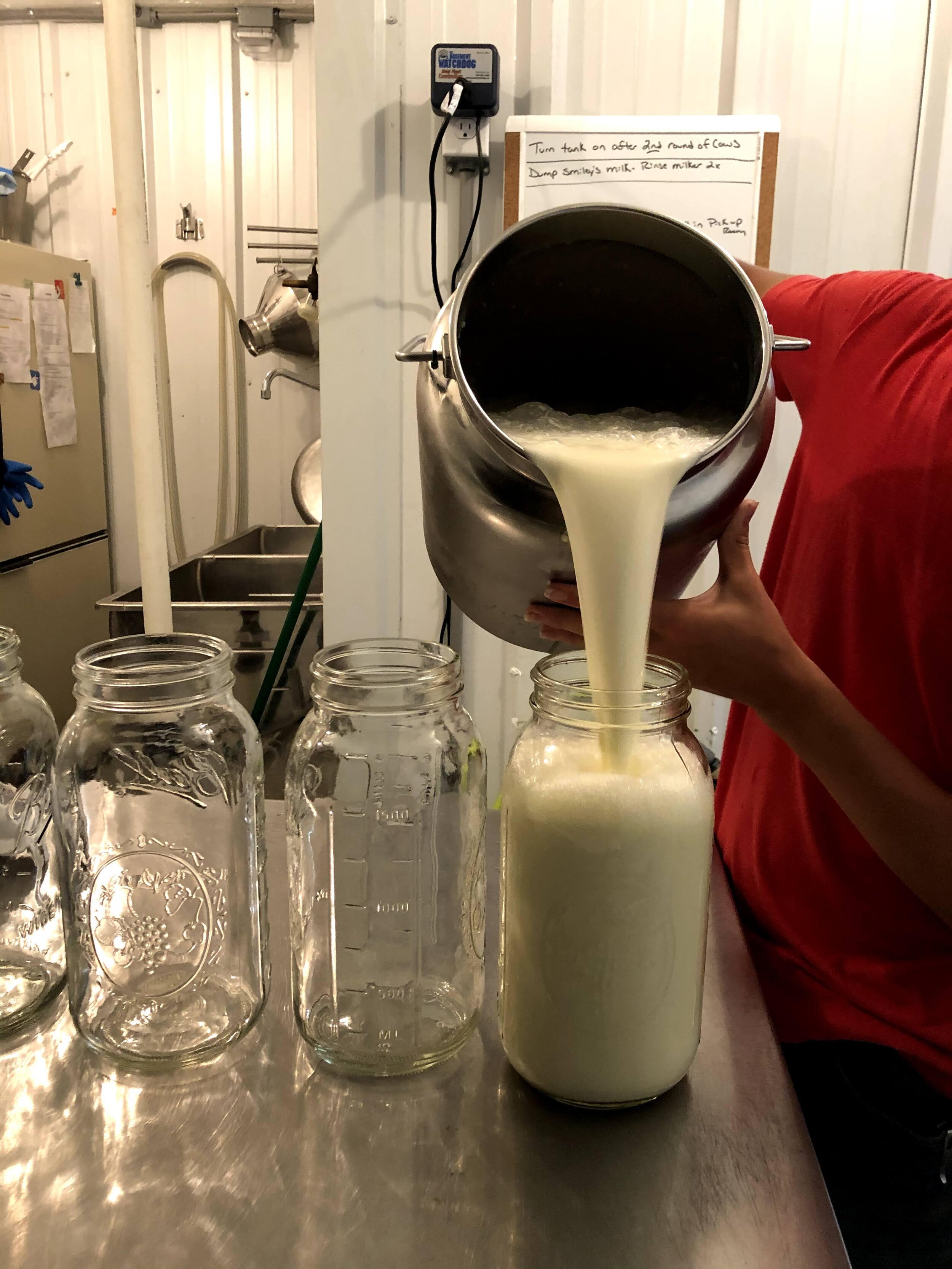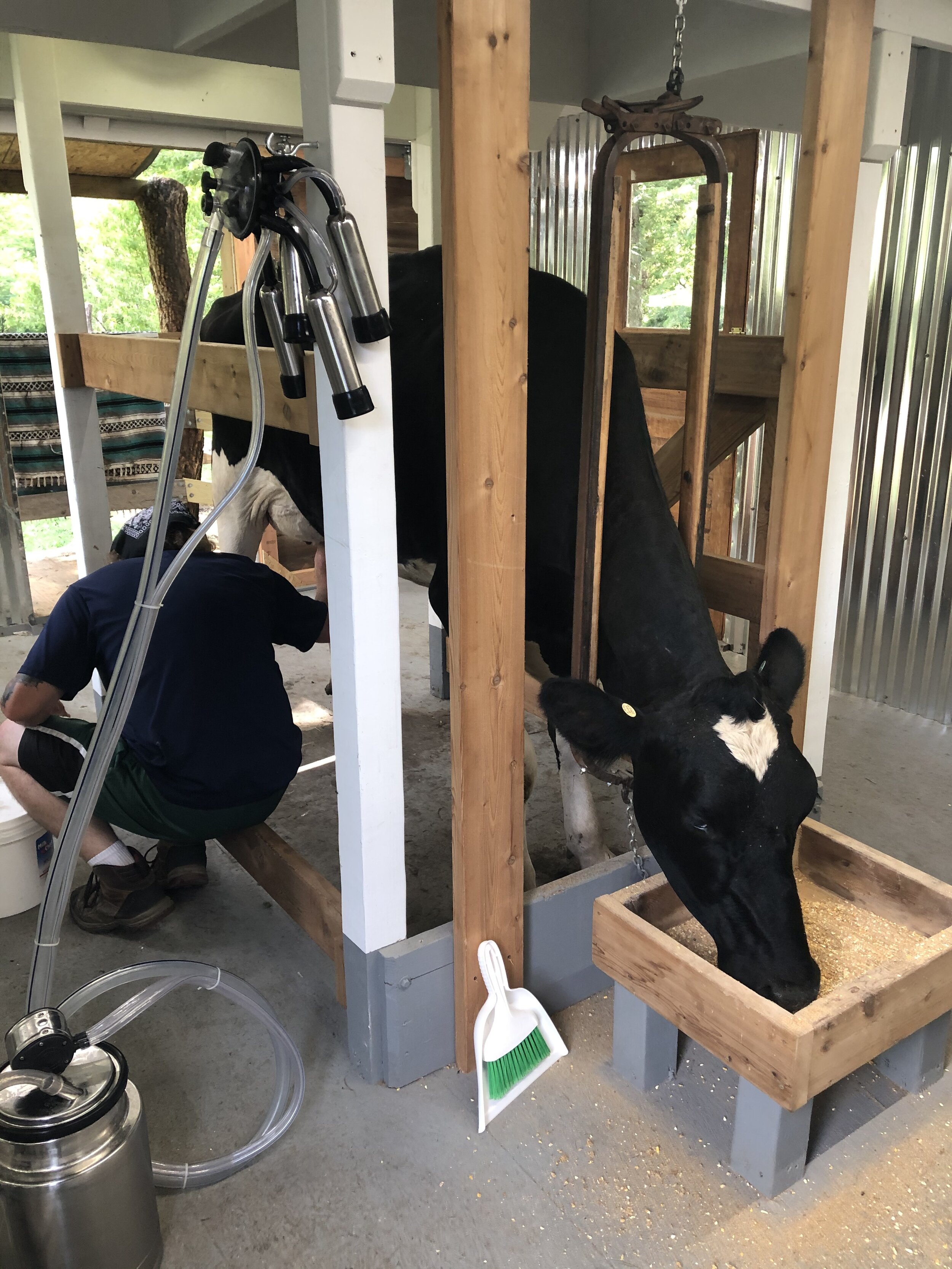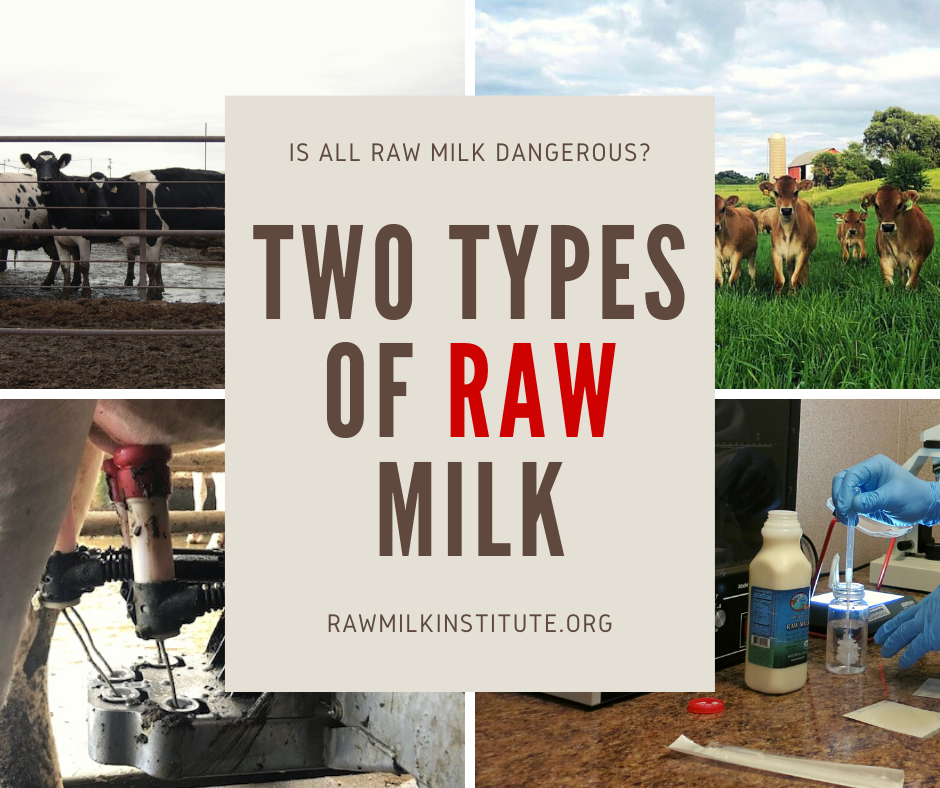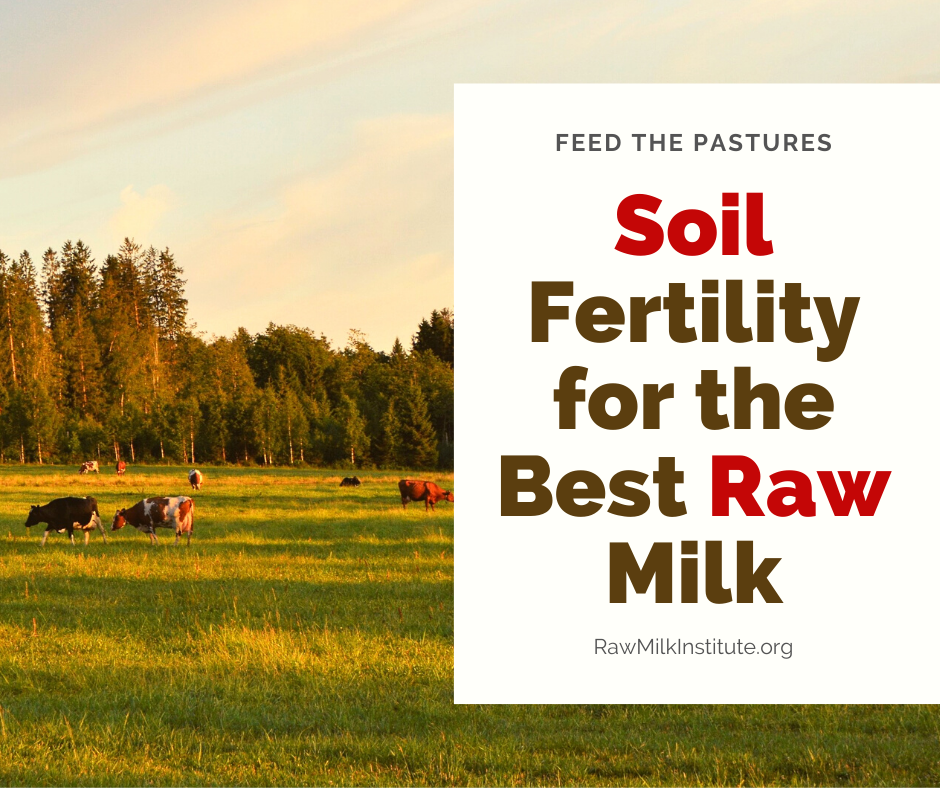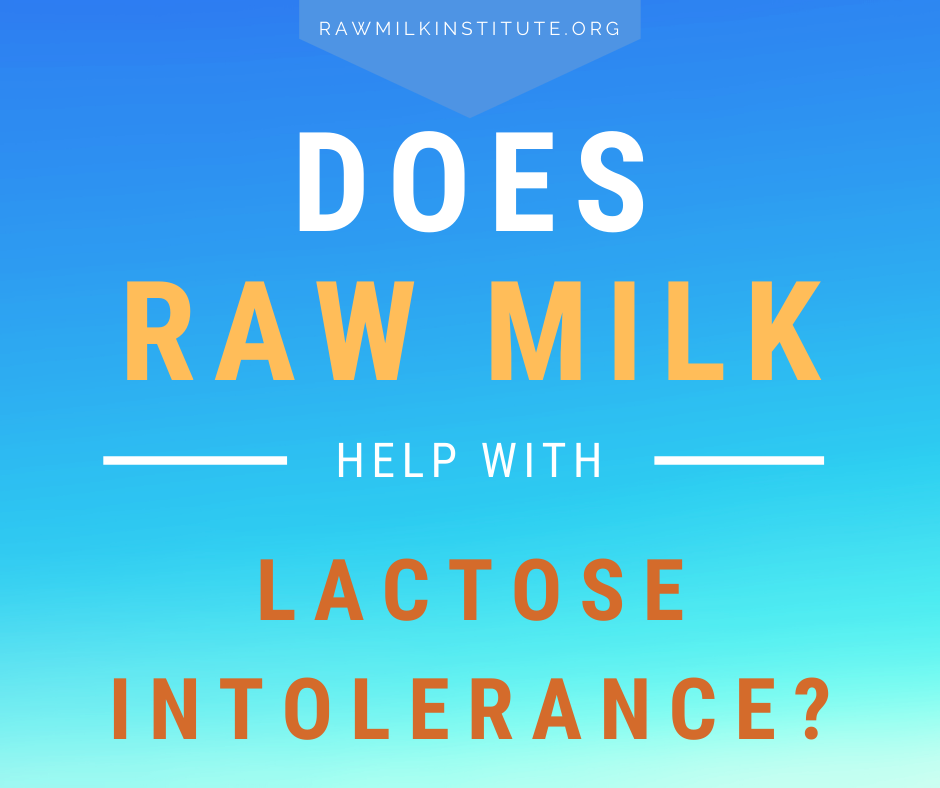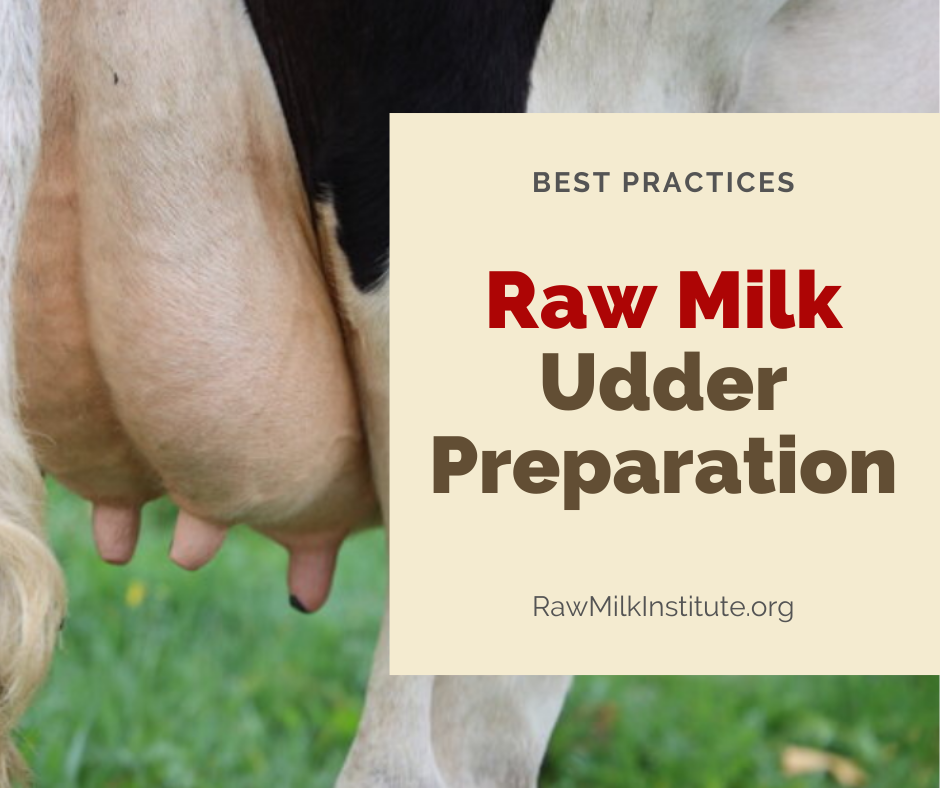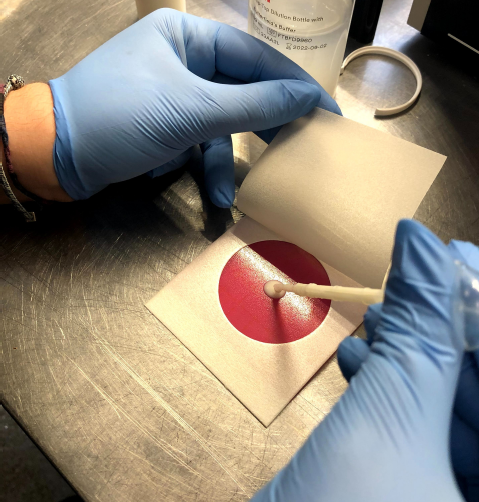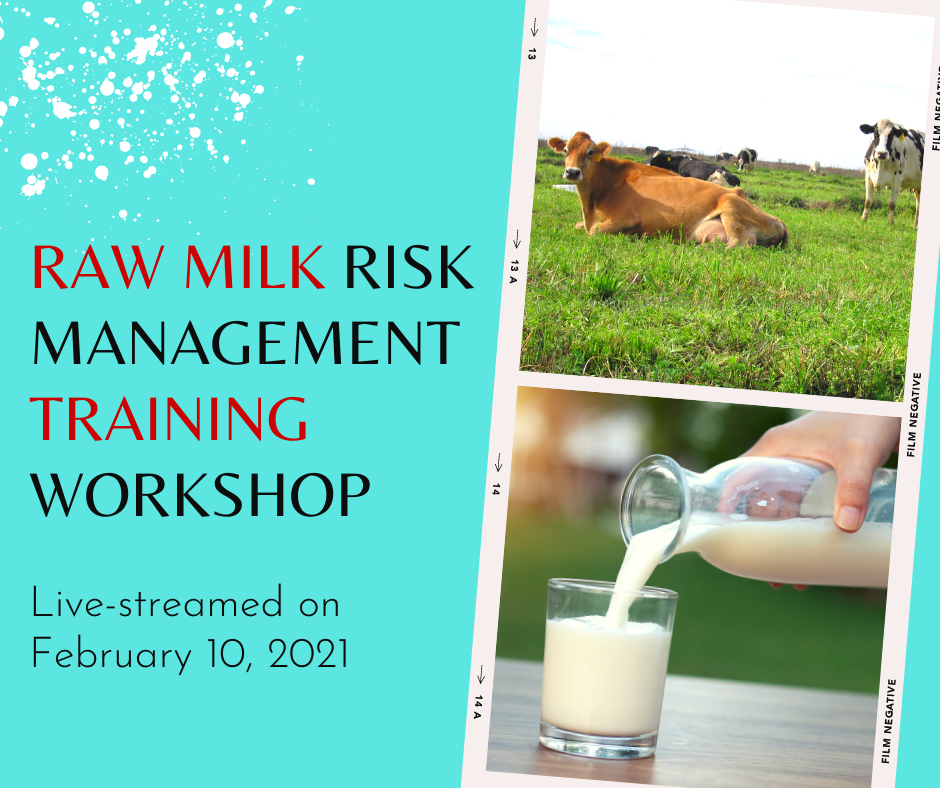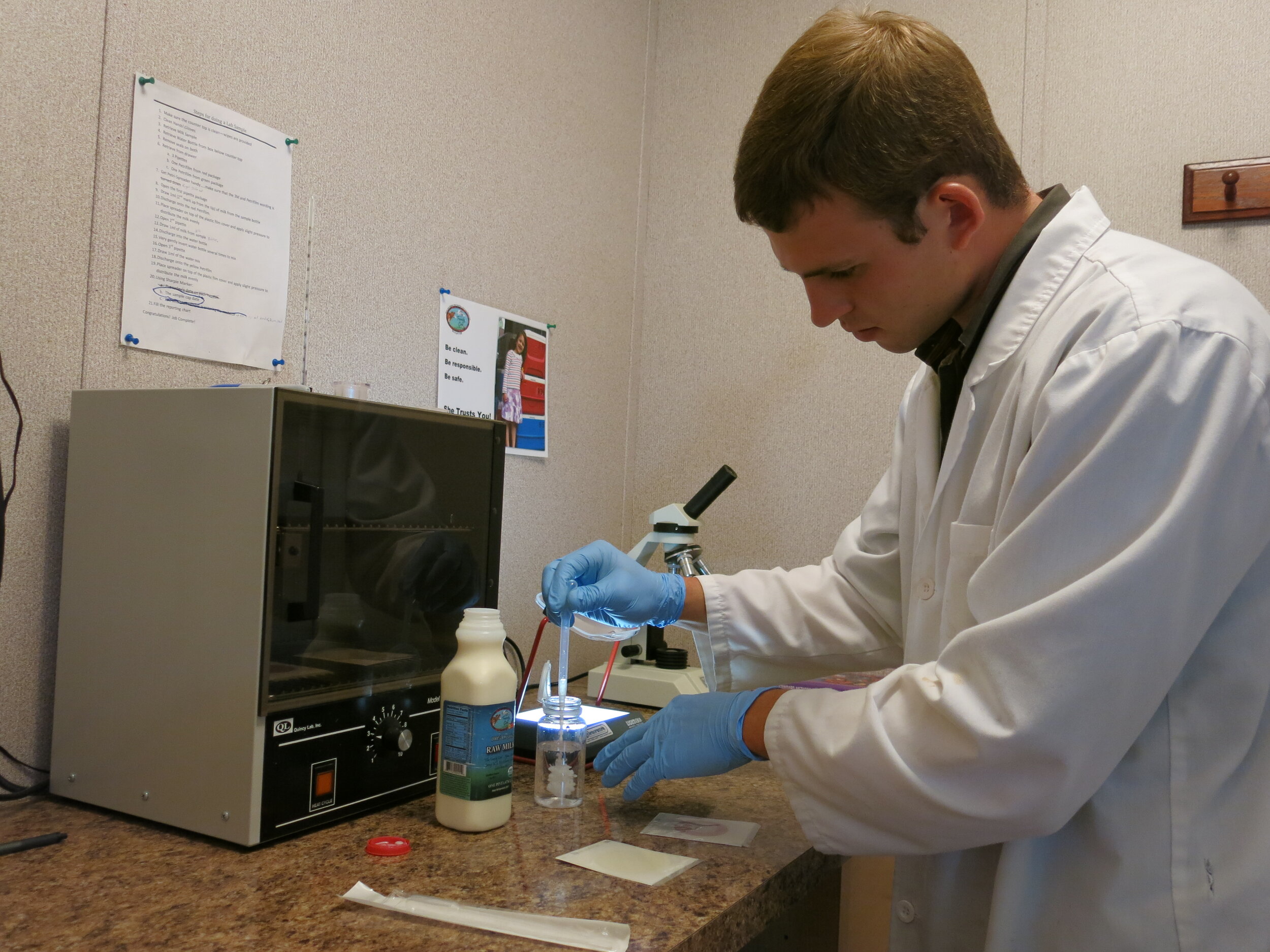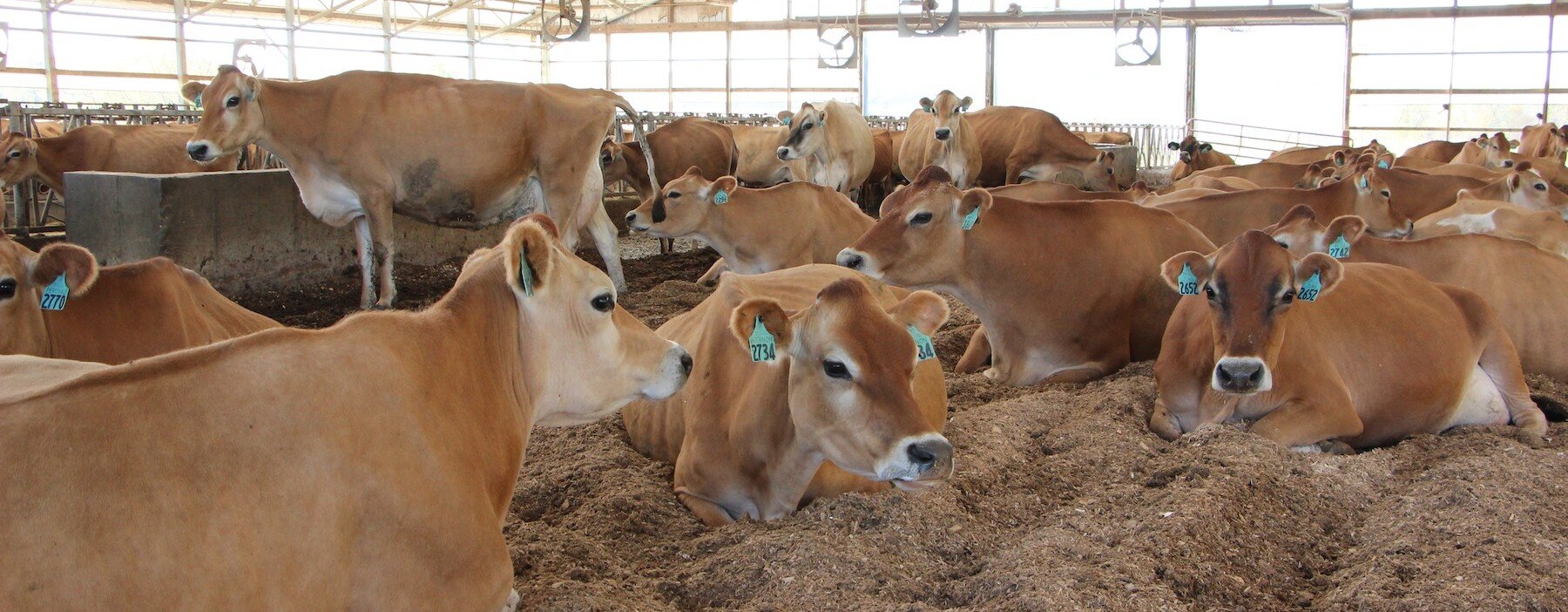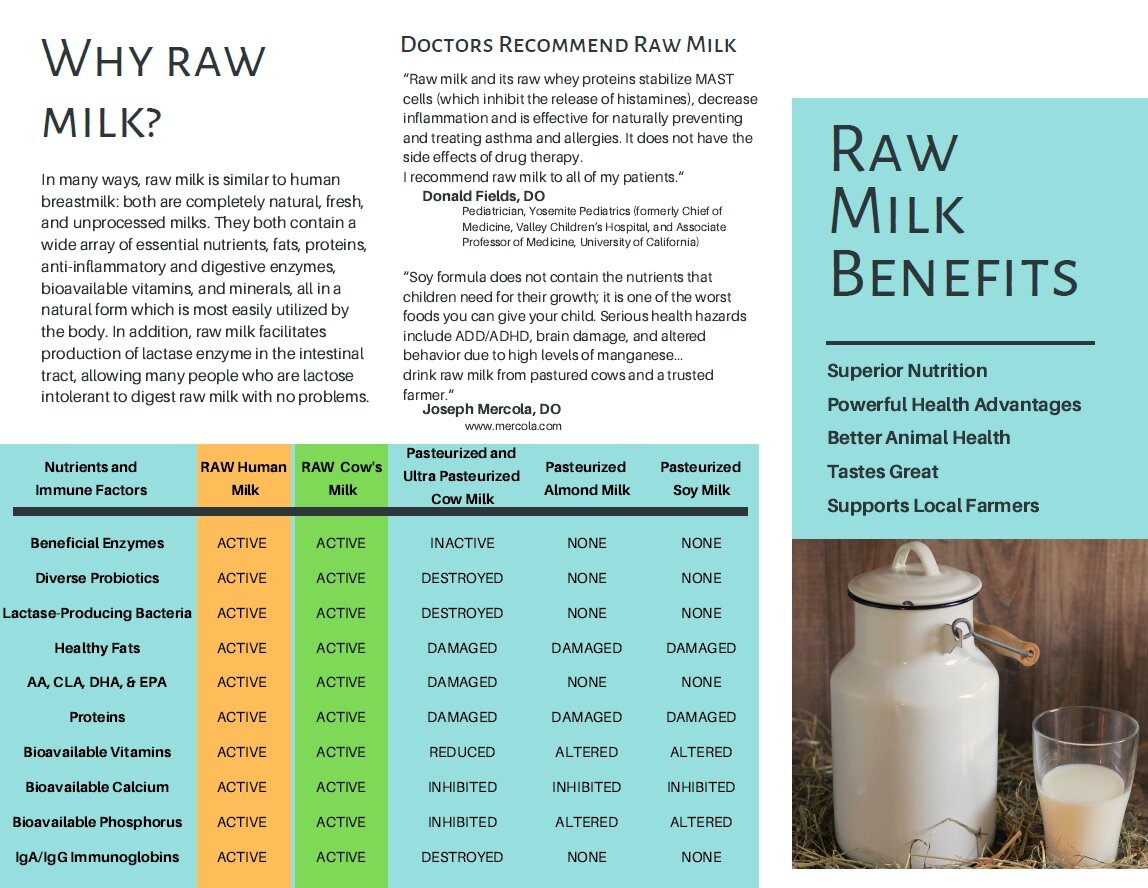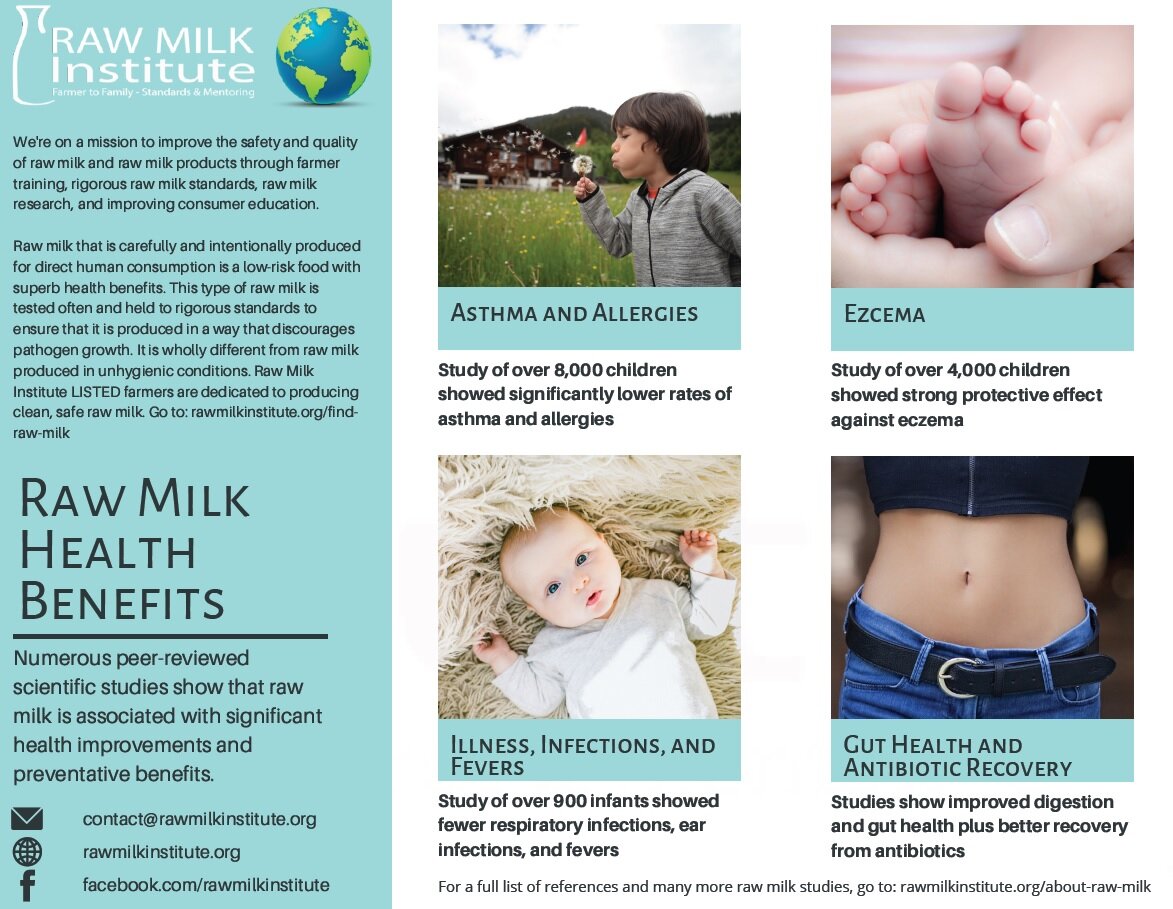Farmers have been denied fair markets for their dairy products for more than a century. Recently, dozens of farmers have recently lost their organic milk contracts and are looking for a sustainable alternative. Raw milk presents a unique opportunity for farmers to move into an expanding market.
Raw milk presents a unique farmstead product that brings all the added value back to the farmer with an incentive to work on quality. By selling directly to consumers, raw milk farmers are able to obtain greater financial rewards for their work, while consumers benefit from the improved flavor and nutrition. It’s a win for both farmers and consumers!
Watch Our FREE 1.5-Hour Video Seminar
Here is a video seminar with lots of practical tips for farmers who are interested in switching to raw milk as a sustainable business model.
This Raw Milk Institute presentation focuses on:
Why raw milk farms are thriving
Health benefits of raw milk
Legality of raw milk
Benefits of selling raw milk
Safety and risks of raw milk
Raw milk risk management
Building a successful raw milk market
This presentation was part of the 2022 Northeast Organic Farming Association Massachusetts (NOFA Mass) Winter Conference.


